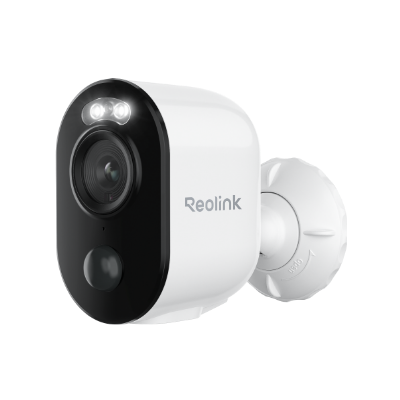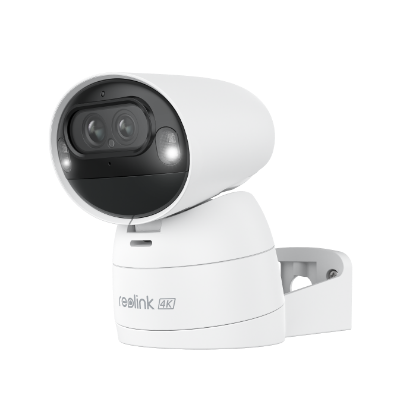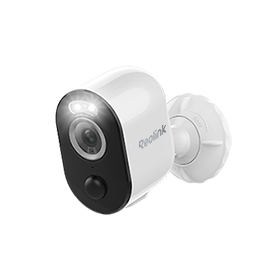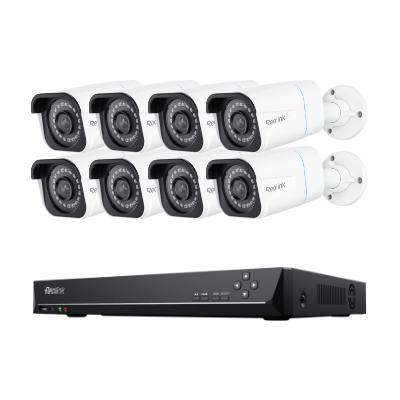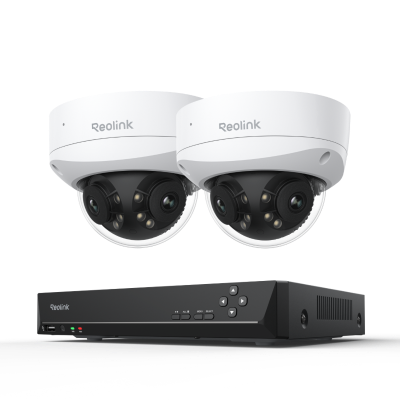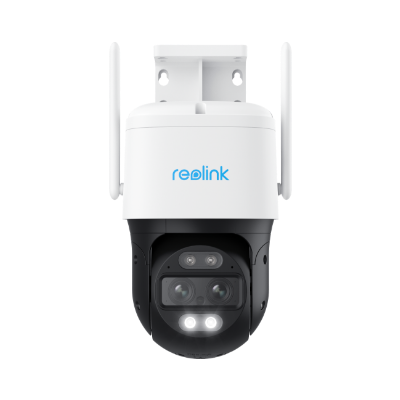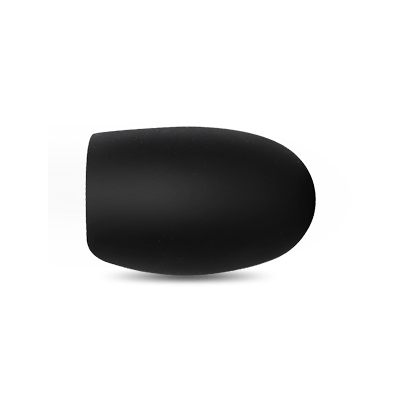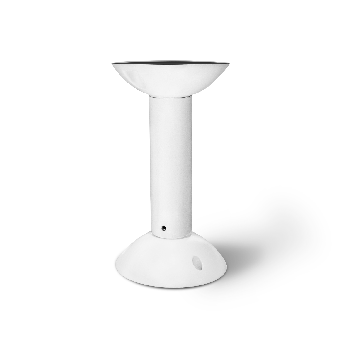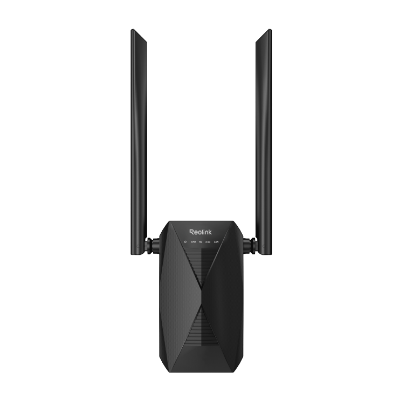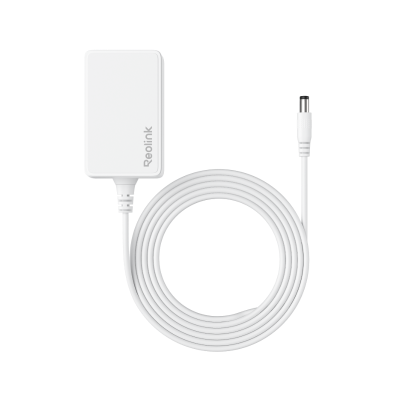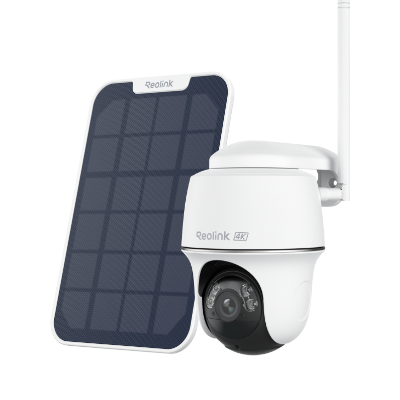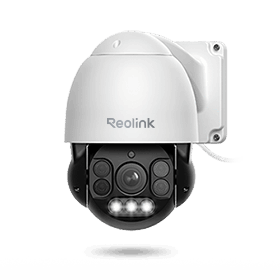CCTV Storage Calculation: Formula & Storage Saving Tips

Wonder how to calculate the CCTV storage and the hard disk capacity for CCTV? In fact, the storage calculation for security cameras as well as the hard disk storage calculation on your own can be quite easy. In this post, you will learn a more precise CCTV storage calculation formula as well as the storage saving tips to maximize your CCTV camera storage capacity.
Alternative to CCTV Storage Calculator - DIY Calculation Formula
The CCTV storage calculator formula software online can give you quick answers to your CCTV camera recording capacity. But the results are far from preciseness – different storage calculators can provide you divergent outcomes. More importantly, they don’t apply to EVERYONE.
So, we have got this DIY formula for you to calculate the hard disk capacity for CCTV:
Storage Space (GB) = Bitrate (Kbps) * 1000/8 * 3600 * 24 * Cameras * Days/1000 000 000
- *1000/8 = to convert kbps to Bytes
- *3600 = to convert from seconds to hour
- *24 = to convert from hour to day
- Cameras = total number of cameras
- Days = total number of days you want to record
With the above CCTV storage calculation formula, you can now be off to calculate CCTV camera storage or the hard disk capacity for CCTV.
CCTV Camera Storage Calculation Formula Example
If you have 2 cameras whose maximum bitrate is 1024 Kbps and want to record for 7 days nonstop, according to this CCTV camera storage calculation formula:
Required storage space = 1024 * 1000/8 * 3600 * 24 * 2 * 7/1000 000 000 = 154.8288 GB
You can also apply this formula to the storage calculation of different brands, including the Reolink IP camera storage calculator, DVR time calculator for Samsung, Hikvision, Panasonic, Axis, Hoenywell, HD-SDI, Auetura, Milestone, Bosch, etc.
Note that the results worked out by the above storage calculator formula for CCTV may not be exactly the same with your actual storage needs, as the CCTV camera storage calculation is impacted by various factors.

What Impacts the Home CCTV Camera Storage Capacity
Below we list the main determinants for CCTV storage calculation, which could affect your CCTV camera recording capacity.
- Resolution – The high the resolution, the larger the CCTV camera storage capacity in days is required.
- Compression – Video compression is a kind of technique that reduces the size of original video file formats and thus occupies less storage space than the original files. The popular video compression formats include H.264, MJPEG and MPEG4.
- Bitrate – Higher camera bitrate contributes to better video quality, which on the other hand, also means greater storage capacity required, as you can infer from the calculation formula above. And it is also affected by the resolution and compression formats. Lower resolution and highly compressed videos will require less bitrate.
- Number of Camera – The number of cameras you use can also impact the storage calculation. If you use multiple cameras simultaneously, more space will be required.
- Days – The longer CCTV recording retention period is, the larger storage capacity is required.
When you utilize this formula, note that it is calculated by days, so you need to convert the hours to days if the camera records in hours.
On top of these, the storage space can also be influenced by other factors, such as the audio recordings, recording modes (motion triggered recording or 24/7 recording), amount of motion activities, lighting conditions of the scene, etc.
Even if the IP camera or hard disk drive storage space doesn't meet the required storage capacity according to the formula, there is NO need to worry!
Normally, the original videos will be overwritten by the new ones when the capacity reaches its maximum capacity. Just remember to back up the important documents before they are overwritten.
Reolink Storage Calculator - How Much Storage Your Reolink Cameras Need?
Reolink storage largely depends on the type of cameras you’re using. Follow these steps to calculate it manually:
- Convert the storage capacity to bits. For example, 3 TB = 3 × 1024 × 1024 × 1024 × 8 kbit.
- Calculate the recording duration using the appropriate formula.
- Simplify the calculation to get the final result.
If manual calculation feels complicated, you can easily use Reolink online storage calculator to find your cameras’ recording time and video size instantly.
Can’t-Miss Tips to Maximize CCTV Storage
Now that you have grasped the video surveillance storage calculator tool, the next question is how to maximize your the storage capacity of your security camera systems. These following practical storage-saving tips can do the trick to serve your purpose.
1. Choose H.264 IP Cameras
As mentioned above, H.264 video format can greatly affect the storage capacity.
Without compromising the image quality, H.264 format can reduce the size of a video by more than 80% compared with MJPEG format and 50% with the MPEG-4 format, thus optimizing the CCTV camera storage capacity.
Watch the high resolution video recorded by the H.264 IP camera, Reolink Argus 2E.
4k 100% Wire-Free PT Camera
4K 8MP Ultra HD; 5GHz/2.4GHz WiFi; Rechargeable Battery & Solar Powered; 355° Pan & 140° Tilt; IP65 Certified Weatherproof; Clear Night Vision; 2-Way Audio; 122° Wide Viewing Angle.
2. Go for PTZ Security Cameras to Cover More Areas
Instead of using two security cameras with relatively narrow field of view, why not simply employ ONE PTZ security camera? It not only covers wider monitoring areas, but also allows you to zoom in to identify more details.
Smart PTZ PoE Camera with Spotlights
4K 8MP Ultra HD, Person/Vehicle Detection, 5X Optical Zoom, Auto Tracking, Manual Pan & Tilt, Two-Way Audio, 190ft Night Vision, Live View.
Additionally, according to the DIY calculation formula, you can also save the storage space with fewer cameras.
3. Adjust the Camera Resolution
In order to optimize the CCTV camera storage capacity, you may adjust the camera resolution based on the places you are going to monitor.
For the critical entrances with high traffic, higher resolution is required to record clear videos. While in the places of less importance, you can record at a comparatively low resolution.
4. Set up Proper Recording Modes
Since the recording mode is also a vital determinant, it is always best to set up the recording modes based on your needs.
For example, when you are at home, you can switch the camera recording mode to the motion-triggered recording instead of continuous recording. Or you can also choose to record only during the selected time.
5. Utilize External HDDs
What if the built-in hard disk drive of your DVR/NVR fails to meet your storage needs as per the CCTV HDD calculator?
The way is simple: Expand your DVR/NVR storage with an external HDD. Now many DVRs and NVRs on the market, such as Reolink NVR, allow you to install an external HDD for more storage space.
6. Disable Audio Recording If Not Necessary
In places such as parking lots, recording videos with audio is not a necessity. You can disable the audio recording in order to save the CCTV camera storage space.
7. Place Security Cameras in Low-Traffic Areas
Too many false alarms and unwanted motion-triggered videos will take up much security camera storage space.
To take full advantage of the storage space, avoid placing your security cameras in the crowded areas. Also, you may disable the security camera motion detection when it is not needed to CCTV camera recording capacity.
8. Back up Important Files Regularly
Though your CCTV camera storage capacity might be limited, you can regularly back up and transfer the important files to your computer, so that more storage space can be freed to save new videos.
Do you still have any questions about the CCTV storage calculation? Have I missed any useful solutions to optimize storage capacity of cameras? Feel free to ping me in the comments.
FAQs
How long will 1TB last on CCTV?
It depends on several factors, such as resolution, compression method, frame rate, etc. For example, higher resolution cameras produce larger files. 1TB will last approximately 30 days of footage for a 720p security camera. For a 4K UHD camera, 1TB storage will only support 7-10 days of footage storage.
How much storage do you need for CCTV?
The storage needed for a CCTV system depends on factors such as the number of cameras, their resolution, frame rate, compression method, and retention period. Calculate the average daily storage usage per camera, then multiply by the number of cameras and the desired retention period to determine the total storage needed. Finally, convert the total storage requirement to terabytes (TB) for your specific security purposes.
How many GB is 24 hours CCTV?
On average, a single camera recording in 1080p resolution at 30 frames per second (fps) with efficient compression may consume approximately 60-100GB in 24 hours. However, the accurate consumption can vary based on specific system configurations and recording conditions.
Conclusion
Using surveillance camera storage calculator can effectively help businessed and individuals optimize their security systems. By accurate calculating the storage capacity based on resolution, frame rate, and retention period, users can choose the best surveillance devices.
Do you still have any questions about the CCTV storage calculation? Have I missed any useful solutions to optimize CCTV storage capacity? Feel free to ping me in the comments.
Search
Subscribe for the Latest Updates
Security insights & offers right into your inbox







































